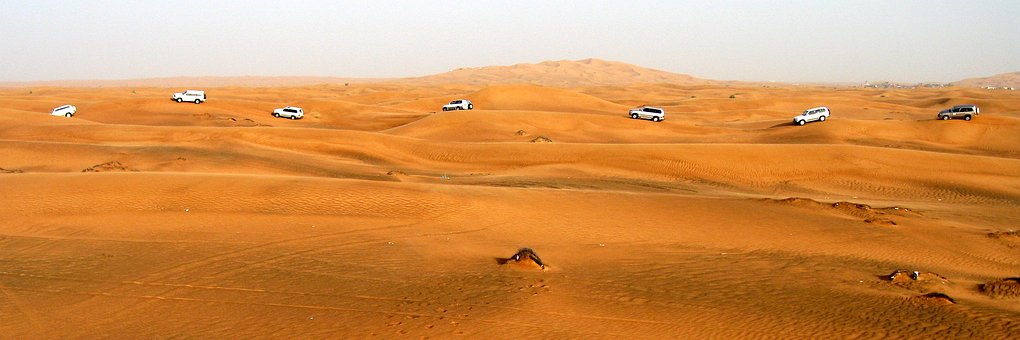What are the fees for learning Arabic?
Arabic is a Semitic language, like Hebrew and Aramaic. Around 292 million people speak it as their first language. Many more people can also understand it as a second language. The Arabic language has its own alphabet written from right to left, like Hebrew. Since it is so widely spoken throughout the world, the language is one of the six official languages of the United Nations, the others being English, French, Spanish, Russian and Chinese. Many countries speak Arabic as an official language, but not all of them speak it the same way. The language has many dialects, or varieties, such as Modern Standard Arabic, Egyptian Arabic, Gulf Arabic, Maghrebi Arabic, Levantine Arabic and many others. Some of the dialects are so different from one another that speakers have a hard time understanding the other. Most of the countries that use Arabic as their official language is in the Middle East. They are part of the Arab World because the largest religion in the region is Islam.
Arabic is very important in Islam because Muslims believe that Allah (God) used it to talk to Muhammad through the Archangel Gabriel (Jibril), giving him the Quran in the language. Many but not all Arabic speakers are Muslims. Arabic is also becoming a popular language to learn in the Western world even though its grammar is sometimes very hard to learn for native speakers of Indo-European languages. Many other languages have borrowed words from Arabic because of its importance in history. Some English words that can be traced to Arabic are sugar, cotton, magazine, algebra, alcohol and emir.
Arabic is the official language of Algeria, Bahrain, Comoros, Chad, Djibouti, Egypt, Eritrea, Iraq, Israel, Jordan, Kuwait, Lebanon, Libya, Mauritania, Morocco, Oman, Palestine, Qatar, Western Sahara, Saudi Arabia, Somalia, Sudan, Syria, Tunisia, United Arab Emirates, Yemen
It is also a national language of Mali and Senegal.






